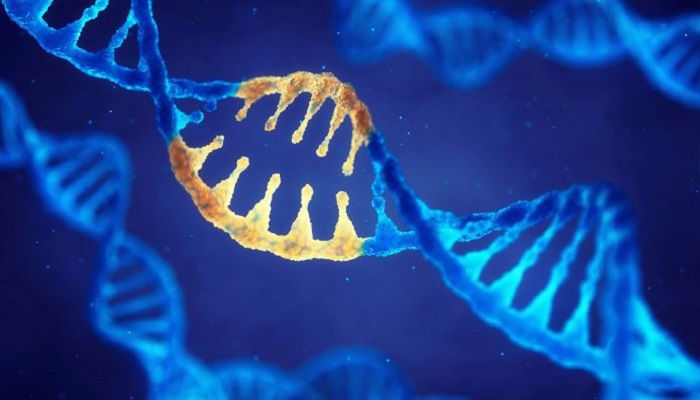Scientists from the University of Portsmouth have settled on a novel genetic link between Duchenne muscular dystrophy and cancer.
Duchenne muscular dystrophy, which happens to be a muscle-wasting disease, is known to be caused by mutations when it comes to gene encoding dystrophins. The disease is known to affect 1 in every 5000 boys that are born, and the individuals are typically expected to live only into their 20s or 30s.
As per the new study led by the researchers from the university, the similar gene therapy which causes Duchenne muscular dystrophy makes sure to play a significant role in oncology. The scientists made the discovery while analysing a range of malignant tissues, including those from gastrointestinal, ovarian, as well as breast patients.
The researchers went on to find out that Duchenne muscular dystrophy gene expression was reduced in 80% of the tumors. This led the researchers to hypothesize that a low expression of dystrophins may be linked to the advanced cancer stages and thereby reduced rates of survival across a range of varied tumours.
It is said that children may inherit the disease from their parents, but having said that, the disease can also occur due to a genetic mutation that is random. These mutations take place when there is an issue with the dystrophin gene, which is, by the way, a requisite when it comes to maintaining muscle strength and its function.
The dystrophin gene happens to be the largest within the body and has 79 active pieces of DNA known as exons. Each of them is joined in a pattern that shares essential information with the body so that it can produce dystrophin. Any issues in the sequence can lead to the development of Duchenne muscular dystrophy. The scientists have also asked other fellow researchers to reassess the accepted views, which opine that dystrophin expression is only concerned with the muscles and that its finding across various tissues results from illegitimate transcription.
According to Darek Gorecki, who happens to be a senior author of the study, the results show that the gene has a role when it comes to tumors, expanding the growing fact that it goes beyond Duchenne muscular dystrophy. He added that more investigation is required so as to better gauge the role of Duchenne muscular dystrophy when it comes to malignancies and how they can be used in monitoring cancer treatment as well as progression.
The researchers have recently found out that the disease develops a tad earlier than previously thought. Apparently, the same research team published the results from one of the Duchenne muscular dystrophy models in 2021. The model helped the scientists to gauge the initial cause as well as manifestation of the disease and found evidence when it comes to abnormalities before the development of the embryo. The similarities between cancer formation and embryonic development, including gene expression changes and invasive potential, as well as other behaviors, helped the team to further look into the Duchenne muscular dystrophy gene in a variety of cancers, which led to the exploration of the novel link.
Most of the patients who were diagnosed with Duchenne muscular dystrophy were between two and five years old, by which time damage of a significant nature had already been done to their bodies. Professor Gorecki states that the results coming out of this study must take into consideration the need to skip delays in condition diagnosis, which could in turn go on to prevent significant therapeutic interventions that could help in the slowing of disease progression.
The largest human gene’s job is far more complicated than it is believed to be, and it must be better understood if there are more effective treatments that could be found for pathologies that are caused by its mutations.



















